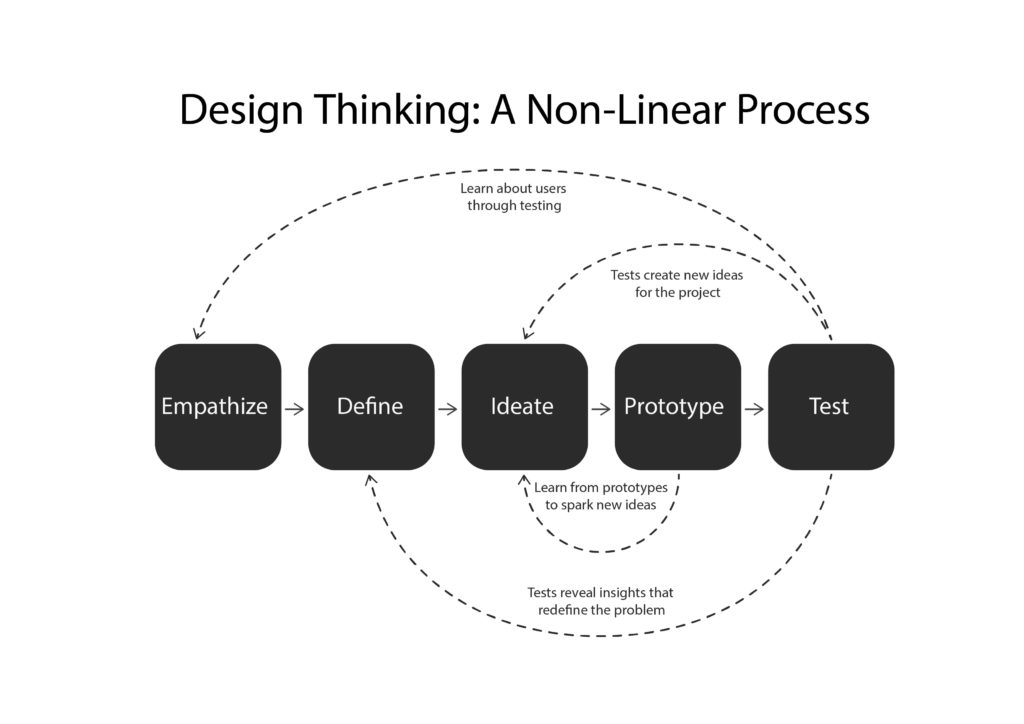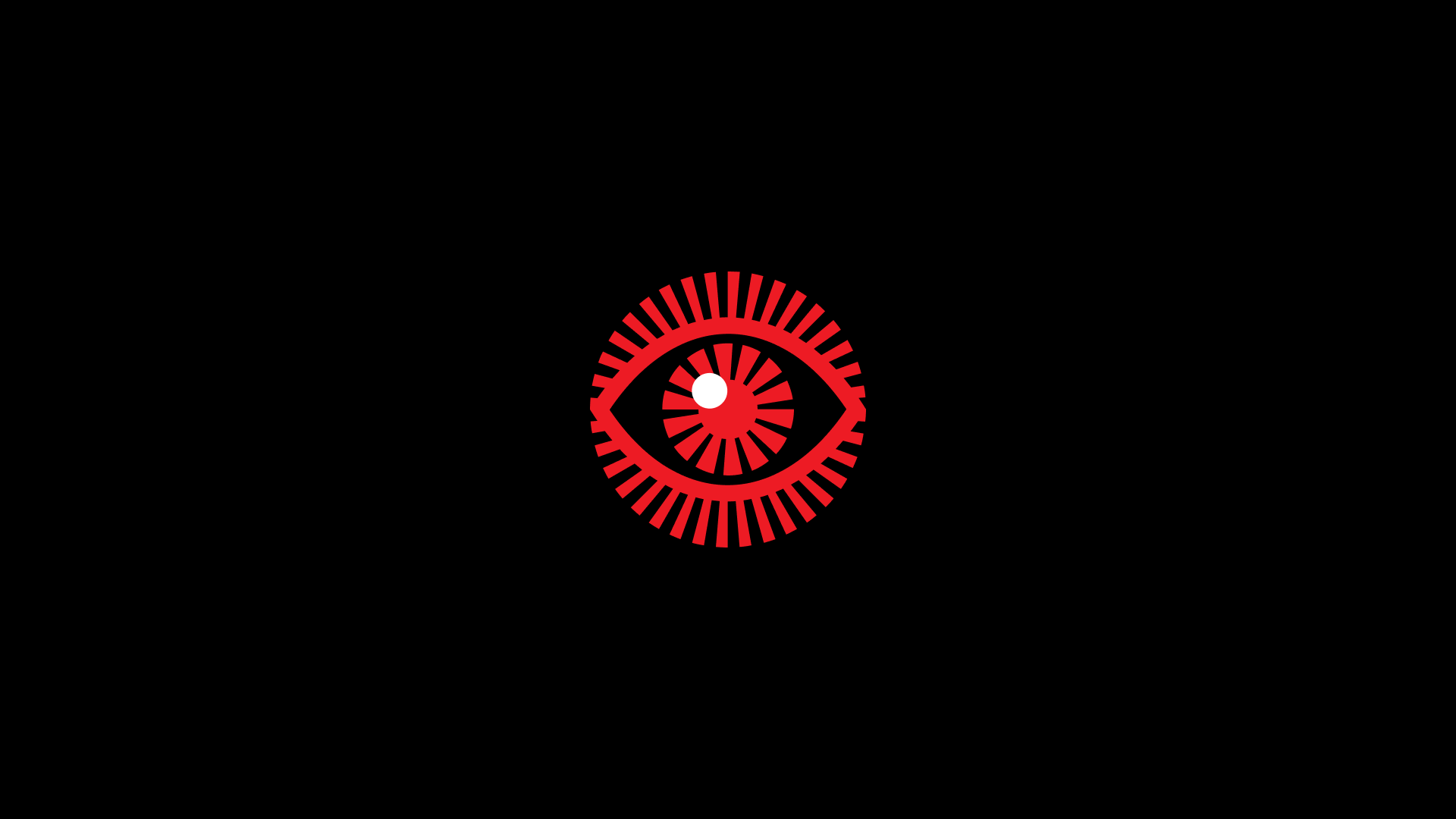✨ New article: Psychology of UX Writing.
Designers or evaluators rigorously test the complete product using the best solutions identified in the prototype stage. This is the final stage of the design thinking framework; however, in an iterative process, the results generated are often used to redefine one or more further problems. The ultimate goal is understanding the product and its users as profoundly as possible.
This increased level of understanding may help you investigate the conditions of use and how people think, behave, and feel towards the product. It may even lead you to loop back to previous stages in the design thinking process. You can then proceed with further iterations and refine to rule out alternative solutions.

Testing can be done in several ways, like usability testing, A/B testing, and focus groups. Usability testing watches how users use the prototype and collects their feedback on how easy and functional it is. A/B testing compares two prototype versions to see which one works better. Focus groups bring together users to talk about what they think of the prototype.
Each testing method gathers user feedback, which is crucial for refining and improving the design. By employing these techniques, you can ensure that your solutions are innovative but also practical and user-friendly, ultimately leading to more successful outcomes.
Resources
↗ Design Thinking: The Ultimate Guide
↗ Don’t “Validate” Designs; Test Them
↗ How Do You Know if Your Design is Good

